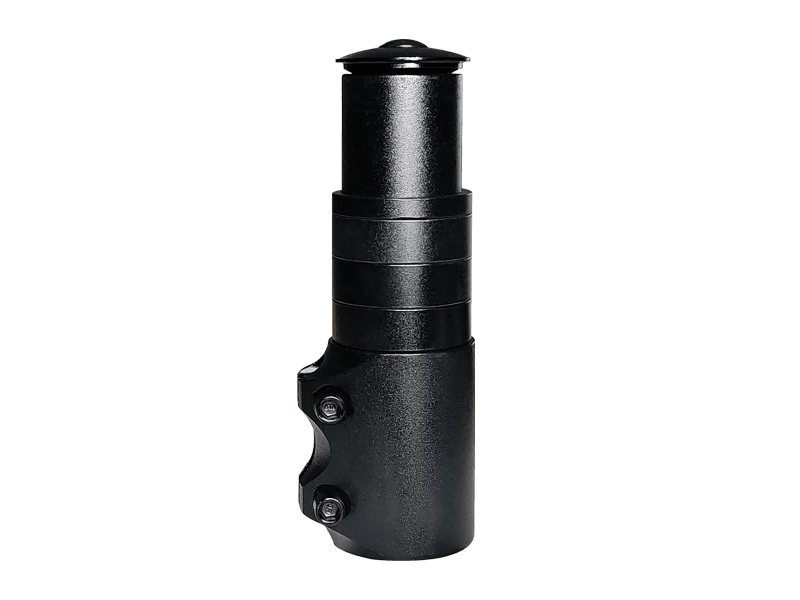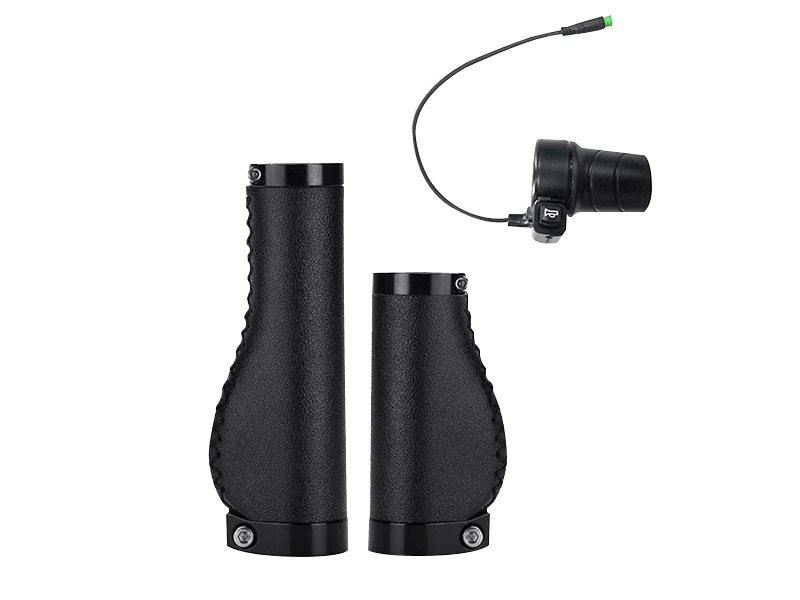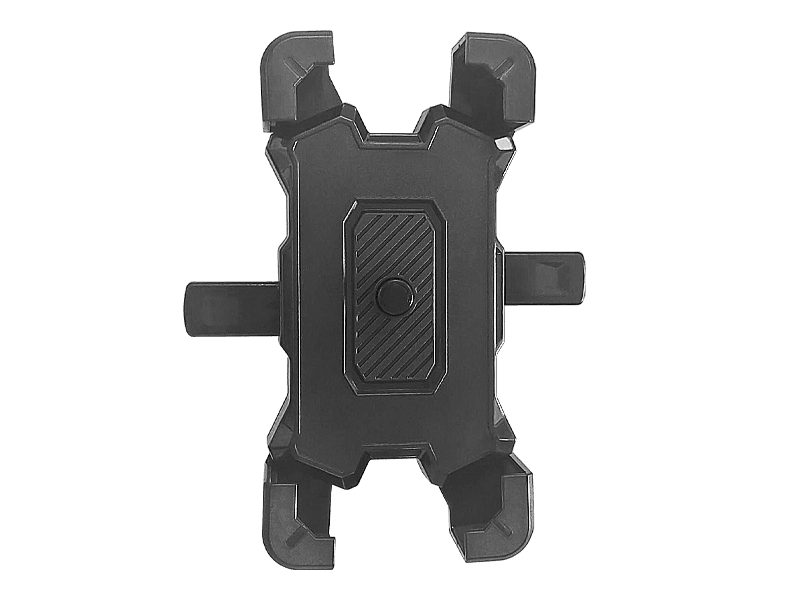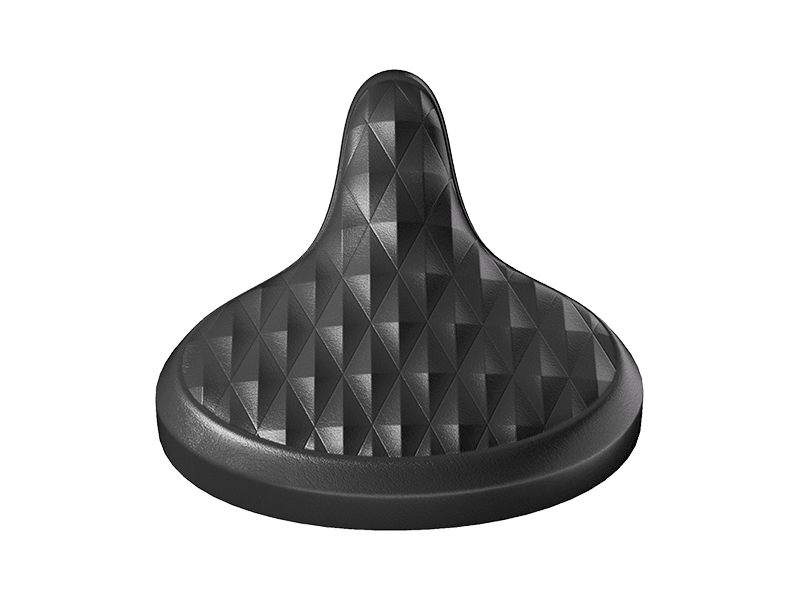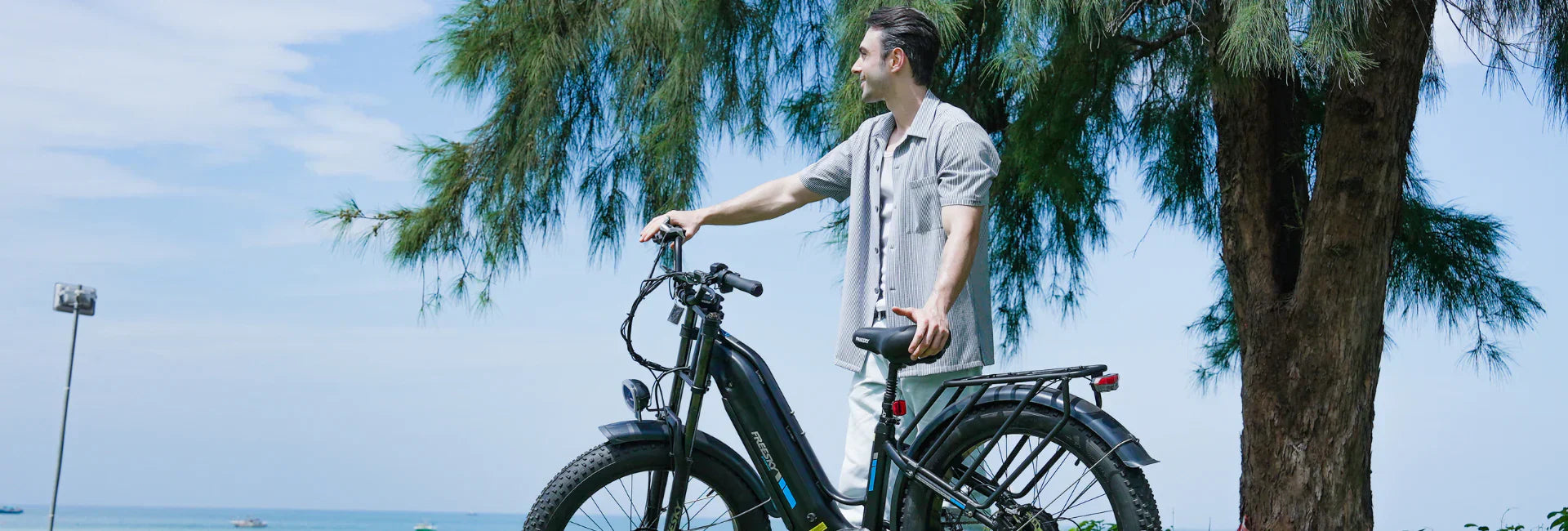Are Full Suspension Bikes Harder to Pedal?
MAR 21, 2025
The question of whether full suspension bikes are harder to pedal than their hardtail counterparts is often debated among cyclists, especially those who are considering upgrading their bicycles or making a switch from one type to another. The answer to this question is not straightforward as it involves several factors that can influence the pedaling effort required on a full suspension bike. In this article, we will explore the factors that may affect the pedaling difficulty on full suspension bikes and compare them with hardtail bikes to provide a comprehensive understanding of the issue.
First and foremost, it's important to understand the basic differences between full suspension and hardtail bikes.
Full suspension bikes feature a suspension system at both the front and rear, designed to absorb impacts and vibrations from the trail, providing a smoother ride. On the other hand, hardtail bikes have a rigid frame, with only the front fork usually equipped with suspension. This fundamental difference in design impacts the pedaling characteristics of each bike type.
One of the main concerns about full suspension bikes is the added weight of the suspension system. This additional weight can indeed make pedaling slightly more challenging, especially when climbing steep hills or accelerating from a standstill. The heavier bike requires more effort to move, and the suspension components themselves can introduce some drag due to their internal friction. However, it's worth noting that modern full suspension bikes have made significant advancements in weight reduction and efficiency, minimizing this impact.
Another factor that can affect pedaling difficulty on full suspension bikes is the suspension's adjustment and settings.
If the suspension is set too soft, it can bob excessively when pedaling, reducing efficiency and causing the rider to expend more energy. Conversely, if the suspension is set too stiff, it may not provide the desired shock absorption, leading to a less comfortable ride but not necessarily making pedaling harder. Finding the right balance in suspension settings is crucial to optimize both comfort and pedaling efficiency.
In addition to weight and suspension settings, the geometry of full suspension bikes can also play a role in pedaling difficulty. Full suspension bikes often have a slacker head angle and a longer wheelbase to accommodate the suspension's movement. This geometry can affect the bike's handling and responsiveness, which in turn can influence pedaling feel. However, modern full suspension bikes are designed to minimize these effects and provide a balanced ride that is both comfortable and efficient.
On the other hand, hardtail bikes offer a more direct and responsive ride due to their rigid frame. The lack of rear suspension means that the power from the rider's legs is transferred more efficiently to the rear wheel, potentially making pedaling feel easier. Hardtail bikes are often lighter, which can further enhance pedaling performance. However, the lack of shock absorption can make riding on rough terrain less comfortable, potentially leading to fatigue over longer rides.
It's worth mentioning that the difficulty of pedaling a full suspension bike can also be influenced by the rider's technique and fitness level. Riders who are used to hardtail bikes may need to adjust their pedaling style to account for the different characteristics of full suspension bikes. Additionally, a fitter and stronger rider may find it easier to overcome the additional challenges posed by a heavier bike or more complex suspension system.
In conclusion, the question of whether full suspension bikes are harder to pedal is not a straightforward yes or no answer. The difficulty of pedaling a full suspension bike depends on a variety of factors, including the bike's weight, suspension settings, geometry, as well as the rider's technique and fitness level. While full suspension bikes may require slightly more effort to pedal due to their added weight and complex suspension system, they offer superior comfort and shock absorption on rough terrain, making them a worthwhile choice for many riders. Riders should consider their personal preferences, riding style, and the type of terrain they ride on when making a decision between a full suspension bike and a hardtail. With the right setup and technique, both types of bikes can provide an enjoyable and efficient riding experience.


